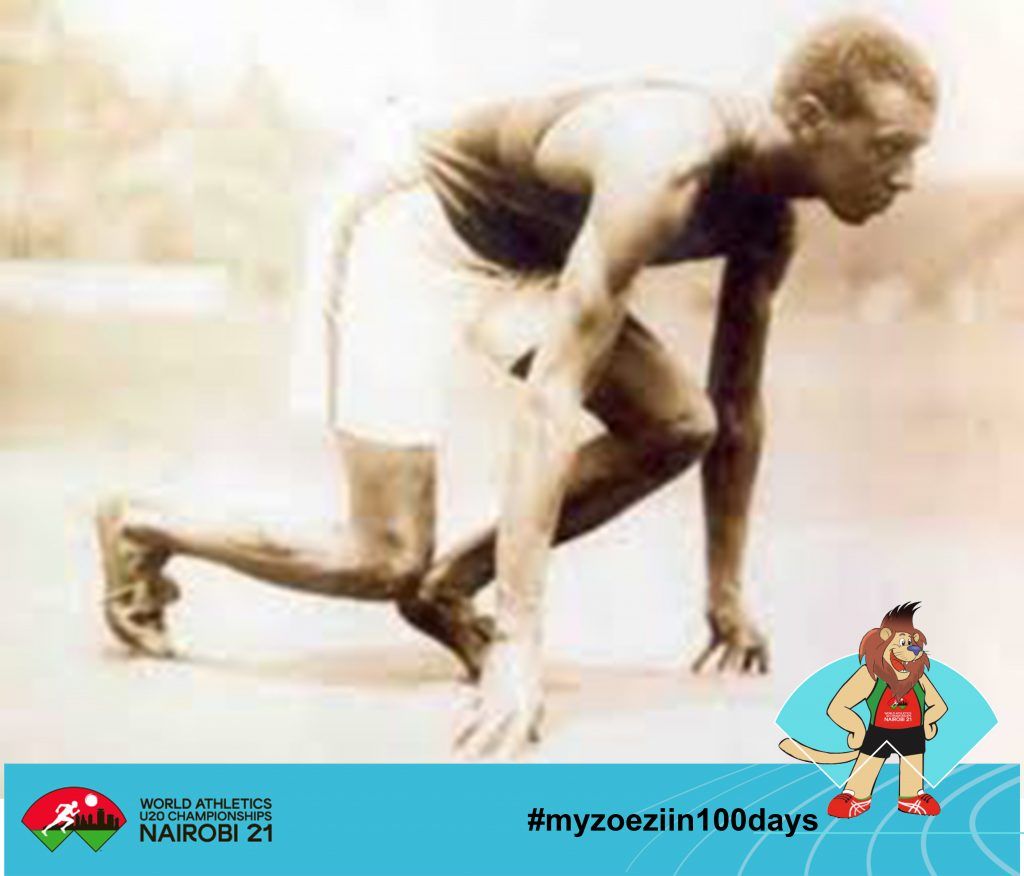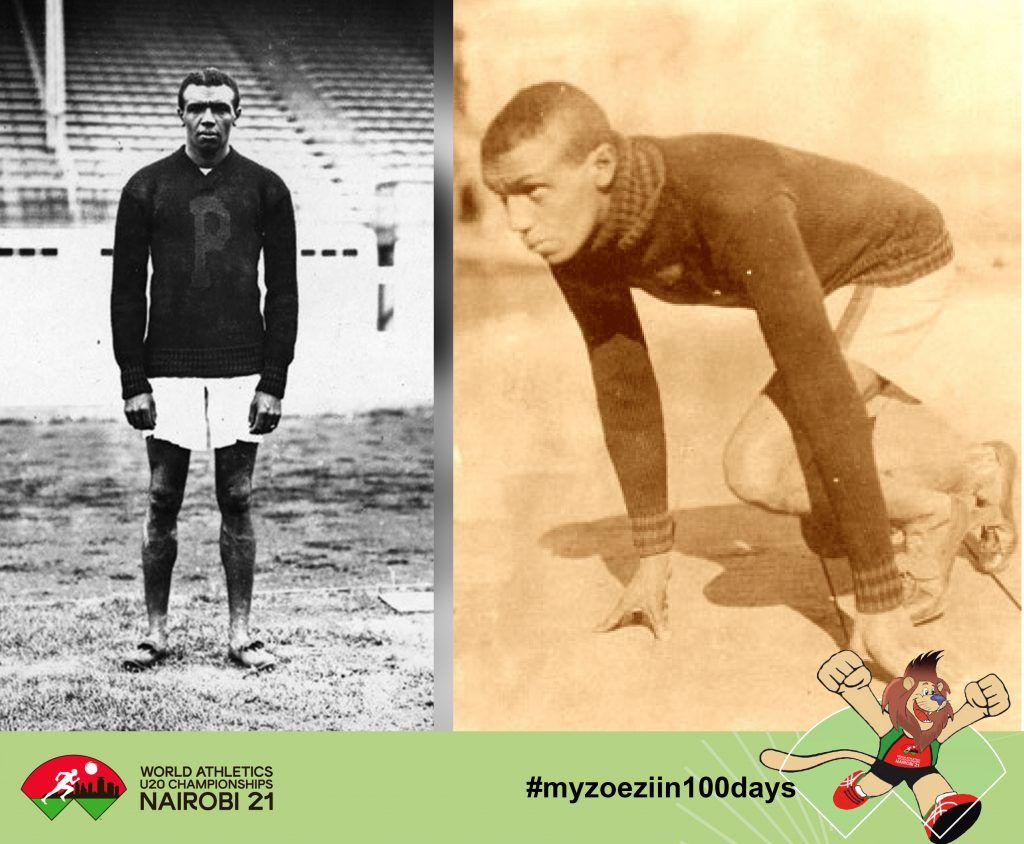Nairobi Countdown
 |
 |
As we count down 67 days to the beginning of the World Athletics U20 Championships, we celebrate Fact Friday today by honoring the hammer and legendary John Baxter Taylor.
The hammer throw, along with the discus throw, shot put, and javelin, is one of the four throwing events in regular track and field competitions. The “hammer” used in this sport is not the same as any of the other tools with the same name. It comprises of a metal ball attached to a grip via a steel wire. Men’s and women’s competitions have different ball sizes. The hammer throw is one of the oldest Olympic Games disciplines, with roots dating back to the 15th century. It was originally included in the 1900 games in Paris, France (the second Olympiad of the modern era). Europe and Eastern European influence have dominated its history and legacy previous to participation in the Olympics, which has influenced interest in the event in other regions of the world.
In the late 18th century, the hammer progressed from its early informal origins to become a feature of the Scottish Highland games, where the original version of the event is being competed today. While the men’s hammer throw has been an Olympic event since 1900, the International Association of Athletics Federations did not begin ratifying women’s records until 1995. After being introduced in the World Championships a year prior, women’s hammer throw was first included in the Olympics during the 2000 summer games in Sydney, Australia. The men’s hammer weighs 16 pounds (7.26 kg) and measures 3 feet 11+34 inches (121.3 cm), while the women’s hammer is 8.82 pounds (4 kg) and measures 3 feet 11 inches (119.4 cm). The competition is decided by who can throw the implement the farthest, much like in the other throwing events.
 |
 |
John Baxter Taylor was the first African-American to win an Olympic Gold Medal and the first African-American to compete for the United States in an international athletic event. Taylor was a tall, lanky, and quick runner, standing 5’11 and weighing 160 pounds. Taylor won 45 cups and 70 medals during his brief but successful sporting career. John Baxter Taylor, Jr., was born on November 3, 1882, to Sarah Thomas and John Baxter Taylor in Washington, D.C. Taylor attended Central High School, where he was captain of the track team, when his family relocated to Philadelphia.
After high school, while at Brown Preparatory School, Taylor was a member of a team that was lauded for not losing a race and winning the Penn relay games’ one-mile intercollegiate relay championship. Taylor first came to Penn in September 1903, when he enrolled in the Wharton School. Taylor’s stride was the longest of any runner known at the time, measuring 8 feet 6 inches. He was unquestionably the best quarter-miler in collegiate history, setting the world’s interscholastic record of 49.1 seconds for the 440-yard dash in 1903 and a new record of 48.6 seconds four years later. He was also the indoor 600-yard champion in 1907.
The 1908 Olympics were held in London where Taylor competed in the 1600-meter medley relay, running the 400-meter leg of the race and the United States’ team won the race, making Taylor the first African-American to win a gold medal. Unfortunately, Taylor died of typhoid pneumonia at the age of twenty-six, just five months after becoming the first African-American Olympic gold champion. He was laid to rest in Philadelphia’s Eden Cemetery. Thousands of people attended Taylor’s burial to pay their respects to the athlete and doctor. At least fifty carriages accompanied his hearse to Eden Cemetery, which was overseen by four clerics.










